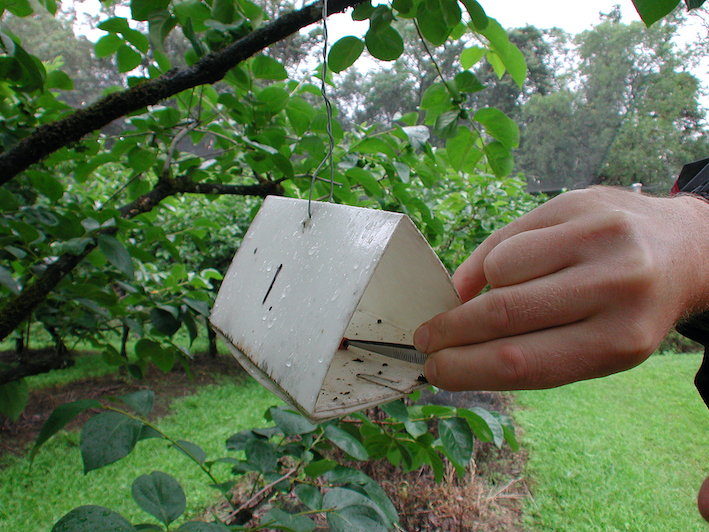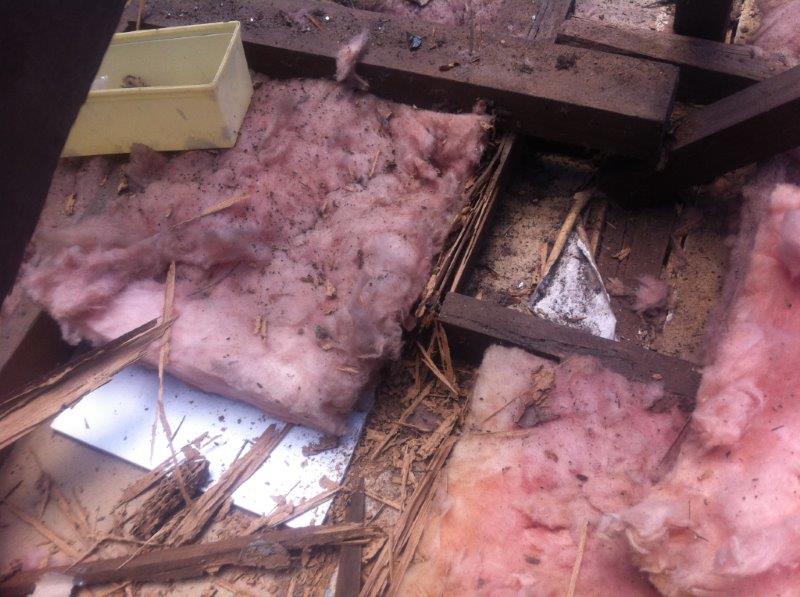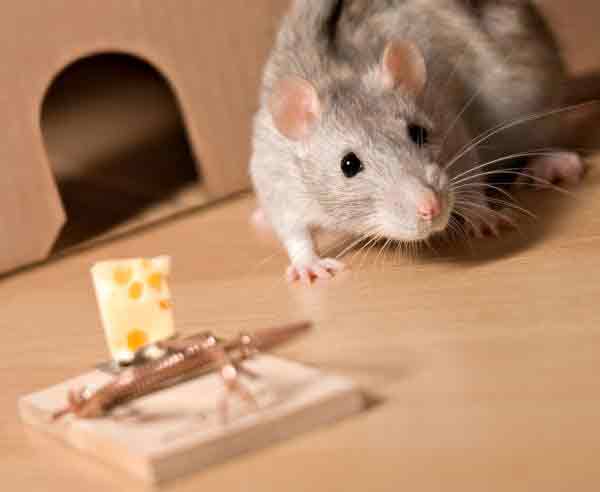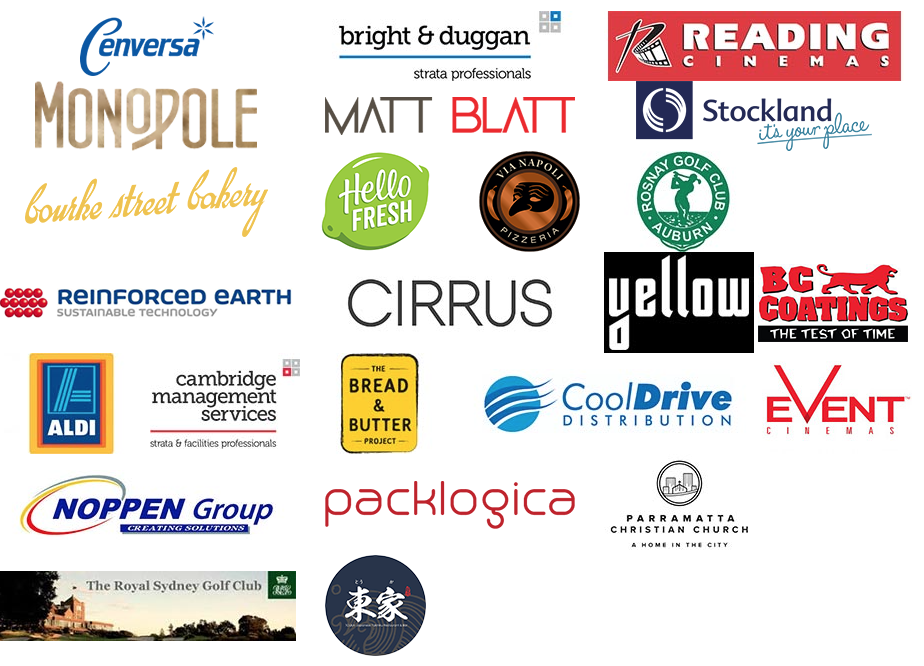Proven Traps and Baits
Book our pest control service
- We have over 40 years of combined building and pest removal experience.
- We guarantee 100% customer satisfaction, which helped has become a leading pest company in Sydney.
- We are fully licensed and certified bug experts who can provide the most comprehensive bug service and property pest reports on the market.
- Get the most cost-effective bug removal service when you book the masters.
- We operate on flexible hours and can adjust to your busy schedules.
- We can handle all common pests in Australia, including termites, cockroaches, spiders, rats, bed bugs and many more.
The main steps in pest monitoring are: identifying the pest, locating the nest and infested areas and rating the severity of an infestation. The data collected can be used to predict and project future population through pests management models. Frequent pest monitoring works well to evaluate the success or failure of a pest control strategy. Accurate identification allows you to manage the actual source of the problem and avoid merely treating the symptoms.
Tell us your problem
FREE QUOTE
Residential Pest Trapping
Pest Monitoring Traps
Sticky traps. These traps are normally used indoors to help manage structural, and nuisance pests in a small house or school, but variations of these with pheromone attractants (chemical lures) can be applied in conjunction outdoors. To create this trap, people often incorporate a plastic or cardboard base, cover it with a very sticky, glue-like substance. The huge advantage of this type of monitor is that it can be used any time and any day throughout the year.
Pheromone Traps: Individually packaged pheromone traps are suitable for monitoring when insects reproduce. A trap can be set to lure a mate by mimicking the odour given off by female moths to invite males for mating.


Residential and home-friendly pest trapping.
Light traps can attract some insects. Berlese funnels are a prominent variation of a monitoring trap that uses heat and light to handle pests successfully. Like grain, leaf litter, or soil, substrates are put on top of a fine-mesh screen into the container. We turn the lights on and leave it there for a while to trap insects.
Plastic pitfall traps are applied for crawling pests in the field and stored grain bins. The species and number of insects found in a trap should be recorded to recognise variations in population size quickly.
Vertebrate Monitoring Traps: Tiny secretive and nocturnal vertebrate pests are often tough to monitor. These vertebrate monitoring traps are essential when investigating domestic rodent populations, rats and mice.
Cockroach Baits Trapping
Baiting
Roach bait is a food mixture added with insecticides and attractants. To actively lure several species of roaches, different chemical substances and attractants are used. Usually, roach baits come in three forms namely: bait gel, bait flowable dust, and bait stations. These roach baits can be used together to effectively stop a cockroach infestation.
About roach bait gel
Regarding the best and most popular brand for cockroach bait gel, there is a new active ingredient called ‘Indoxacarb’ alongside a very attractive bait matrix, Advion. Bait gels mixed with these substances are known to kill cockroaches in a day. It has been proven to be ten times more palatable than any other gel baits. Furthermore, it is effective against German cockroaches, Oriental and American cockroaches.
How it works
The place where roach baits are placed plays a crucial part in getting rid of cockroaches. The first thing to do is to have pest exterminators inspect your home and accurately locate where the cockroaches are hiding. The next thing to do is to place roach baits in infested areas around your home. For hard-to-reach places such as under the floorboards, you can use roach dust or cockroach tablet baits that are good alternatives.


Implementing cockroach traps around home insulation.
After placing the baits all over the property, you need to monitor the effect within 24 hours. This is to determine whether or not you need to reapply the roach baits.
Are roach baits effective?
The effect of using roach baits can be seen in as fast as two weeks. In a recent test, a single use of gel bait was able to eradicate nearly 99% of german roach invaders within a period of 4 weeks.
If you want to know more about cockroach baits, feel free to send us a message!
Rat Traps
Of the many discomforts and concerns raised by COVID-19 lockdown, pest infestation was probably one of the worst. Across countries, pest controllers are receiving more reports of rat infestations in their home and garden during the coronavirus lockdown than ever. Specifically, there has been an increase in rat call-outs by 51% in the UK since March 2020.
The troublesome pests rodents are reportedly more aggressive and intentional. As many offices and non-essential businesses are forced to shut down because of the pandemic, this provides them with opportunities to find their way into deserted facilities and set their habitats. So, how has the lockdown contributed to the upsurge of rat infestation and to which extent should we be concerned about this problem?


Get rid of mice and rats effectively using traps.
Rat infestations during COVID lockdown
Since Melbourne first went into coronavirus lockdown in March, the city’s rat race has constantly been rising. The rats are reportedly expanding their territories, breaking into shuttered businesses, and eating in closed restaurants and cafes all day long. According to frontline pest control professionals, before the lockdown, the rats would only appear at night. Still, the long-term shuttering of facilities in the Central Business District gave them the entire day to rampage around.
Aside from Melbourne, many cities in Australia are also facing a COVID-induced rat infestation. Back in May, a veteran rodent control worker told The Guardian that the coronavirus restrictions in Sydney were driving hungry rats into homes and suburbs. He also warned that loosening restrictions could potentially lead to “a new rat plague”. Besides vacated restaurants and cafes, rats are also looking out for other places since their closure forced them to look for a more abundant food source. And their target destination includes both suburban and up-town establishments. A pilates studio in Melbourne that was left unattended during lockdown has become home for the squeaky creatures. According to a rat-catcher, they have built a giant nest in padded yoga mats left in the studio.
Several studies have been conducted to track rodent activities under the effects o COVID-19 lockdown. Most of them agreed that whether in the U.S, Canada, Japan or Australia, the search for food is the driver behind the surge in rat activities. Even though some studies display significant drop-offs of rat activities during the lockdown in certain places such as New York, all cities reported rat infestation from unexpected places.
The University of Sydney Associate Professor Mathew Crowther, whose research project tracking the city of Sydney's rat numbers pointed out similar results, explained that people’s eating and generating rubbish at home more frequently during lockdown had led the rats to make their way into residential areas to feed themselves. Meanwhile, Professor Peter Banks from the University of Sydney said the creatures are “totally reliant” on humans for their food. And if the rats continue to reproduce but being incapable of supporting their babies, the parent rats will kill their offspring. For such reasons, rats were moving to the suburbs and closer to residential facilities.
What should we do about it?
With the notion of driving the rats into your home in mind, you can adopt several rodent control measures to keep your house free from infestation. (SEE: Rat Pest Control)
Easy preventative measures
- Always cover and store left-over food and drinks properly. Piling up dirty dishes in your sink, your dining table is strongly unrecommended, as food remnants and water drops will invite the rats into your kitchen.
- Domestic garbage should be collected frequently and kept in sealed bins, as the starving rats can also look for food in your wastebaskets.
- Seal or fill up any cracks or cavities in doors, windows and pipelines, because rats can sneak through these holes to enter your house.
- Trim excess trees and shrubs in close vicinity to your house to take away possible nesting areas and make roof entry harder for the squeaky guests.
Treatment against infestation
If you have found traces of infestation inside your house, you can whether call for professional help or deal with them yourself with some tools such as:
- Baits: You can set up bait stations at various strategic locations around the house structure. The biggest advantage of bait stations is that the risk of secondary poisoning of non-targeted animals such as your pets or children will be reduced to almost zero.
- Snap Traps: a more convenient option than baits that do not require daily monitoring.
- Tracking Powders: Burrows and rub marks covered with tracking powders and pastes can help trace back to their nesting and give you clues to treat them from the root.
However, rodent complaints are not always easy to deal with, especially when swarms of them are moving from restaurants and cafes to households for food. Therefore, if the infestation and damages go beyond your control or over-the-counter treatments seem ineffective, professional help from rodent pest control agencies is strongly recommended.
Commercial Pest Services
Commercial Trapping
Pests are not content with invading homes across Sydney. Offices, food courts, establishments and other commercial spaces are a prime target for infestations as well. With the high density of the human population and abundant food sources, bugs are naturally drawn to business premises. So if you spot creepy crawlers on your property, contact Masters Pest Control Sydney immediately. We'll keep your employees in good health and protect your reputation among customers and guests when they come to visit.
By investing just a bit of time, you can skip the stressful ordeal of going through hell and back to eliminate pests from your home. Prevent your living space from becoming a hotspot for these hellish creatures by properly storing and sealing food at all times. Ensure to wipe countertops, tables and all other surfaces clean to get rid of odours and particles as these attract pests. Dispose of your trash completely and regularly as well. Setting traps to monitor outbreaks regularly is essential.
Remember to exercise caution all the time, particularly during the summer months, as this is the period when troublesome bugs thrive the most. But that does not mean you should take it easy in the middle of winter either. Common household pests such as rats, mice and cockroaches are still very active in the colder season.


Famous Household Brands We Service
